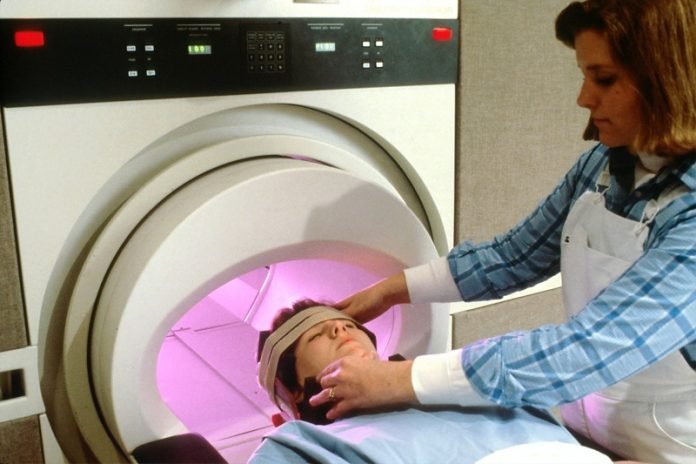
Scientists have discovered that the location of the damage caused by a stroke in the brain may affect men and women differently.
Women tend to have more severe strokes than men and are more likely to experience symptoms such as fatigue and mental confusion, rather than the classic symptoms such as paralysis.
The scientists, led by Dr. Natalia Rost, chief of the stroke division at Massachusetts General Hospital, conducted a study to understand more about the sex-specific differences in stroke.
They examined over 1,000 brain imaging scans of patients who had suffered an ischemic stroke, caused by blocked blood flow in the brain.
The study found that stroke severity in women was linked to lesions in the left hemisphere of the brain, near blood vessels at or near the back of the brain.
The scientists also discovered that men and women have different areas of the brain that are affected by stroke, which can help explain why some patients have better outcomes than others.
Dr. Anna Katharina Bonkhoff is a stroke research fellow at MGH and co-author of the study.
She explained that identifying the specific areas of brain damage that are linked with certain disabilities after ischemic stroke could lead to more “sex-aware” treatments.
For example, women with stroke damage that affects vulnerable areas might benefit more than men from surgery to remove a blood clot.
The researchers emphasized that more research is needed to fully understand the differences in stroke outcomes between men and women.
However, their findings could lead to more tailored treatments that take into account the specific needs of male and female stroke survivors.
The study was published in the journal Nature Communications and could pave the way for more research into gender-specific treatments for stroke.
How to prevent stroke
There are several lifestyle changes that can help reduce the risk of stroke:
Healthy diet: Eating a balanced diet that includes plenty of fruits, vegetables, whole grains, lean proteins, and healthy fats can help keep your blood pressure, cholesterol, and blood sugar levels in check, which can lower your risk of stroke.
Regular exercise: Exercise can help maintain a healthy weight, lower blood pressure, and improve overall cardiovascular health, which can reduce the risk of stroke.
Aim for at least 150 minutes of moderate-intensity aerobic activity or 75 minutes of vigorous aerobic activity each week.
Maintain a healthy weight: Being overweight or obese increases the risk of stroke, so maintaining a healthy weight through diet and exercise is important.
Quit smoking: Smoking is a major risk factor for stroke. Quitting smoking can improve overall health and lower the risk of stroke.
Limit alcohol consumption: Drinking too much alcohol can raise blood pressure, which can increase the risk of stroke.
Limiting alcohol consumption to moderate levels (up to one drink per day for women and up to two drinks per day for men) can help reduce this risk.
Manage chronic conditions: Chronic conditions such as high blood pressure, high cholesterol, and diabetes increase the risk of stroke.
Managing these conditions through medication, diet, and lifestyle changes can help lower the risk of stroke.
Get regular check-ups: Regular check-ups with a healthcare provider can help identify and manage risk factors for stroke. It is important to manage risk factors early to prevent stroke.
If you care about stroke, please read studies about the big cause of stroke, and Olive oil could help lower risks of heart disease and stroke.
If you care about stroke, please read studies that diets high in flavonoids could help reduce stroke risk, and a MIND diet could slow down cognitive decline after stroke.
Copyright © 2023 Knowridge Science Report. All rights reserved.



